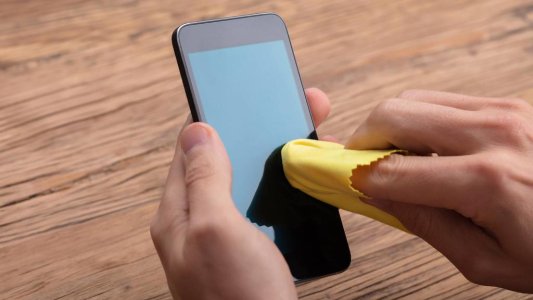The Coronavirus disease pandemic (COVID-19) poses unprecedented challenges for governments and societies around the world. In addition to medical measures, non-pharmaceutical measures have proven to be critical for delaying and containing the spread of the virus. However, effective and rapid decision-making during all stages of the pandemic requires reliable and timely data not only about infections, but also about human behaviour, especially on mobility and physical co-presence of people.
Seminal works on human mobility have shown that mobile phone data can assist the modelling of the geographical spread of epidemics, and several initiatives involving researchers and governments have started to collaborate with private companies, most notably mobile network operators, to estimate the effectiveness of control measures or the real-time mobility flows in a country. However, in most instances, too little has been done too late, and there is currently hardly any coordination or information exchange between national or even regional initiatives.
In collaborations with researchers from NGOs, mobile phone companies and Universities around the globe, Oxford Mathematician Renaud Lambiotte explores in what ways and how mobile phone data can help to better target and design measures to contain and slow the spread of the COVID-19 pandemic. It has long been recognised that mobile phone traces can be exploited to infer human mobility and social interactions. Researchers have used various types of mobile network data (e.g. Call Details Records, x Data Records and passive records), as well as GPS and mobile application data. Critically, some of this data, such as CDRs, are collected by mobile network operators for billing reasons, and each record contains information about the time and (approximate) geographical location of customers' interactions with the phone, therefore allowing us to estimate individual or aggregated trajectories. These data would have been, and still are, useful in helping predict and control the course of the epidemic, for instance by providing dynamical origin-destination matrices, hotspot identification, or contact matrices.
At present, there is still a scarce strategic use of mobile phone data for tackling the COVID-19 pandemic, except for notable successes in China and South Korea. This failure originates from a combination of factors, including the difficulty to access data, a lack of communication between the research community and governments, and privacy concerns. Yet, it is not too late to exploit the potential of mobile phone data to flatten the curve and help prevent second waves from emerging, and the authors propose a range of concrete steps in a call for data-driven action against COVID-19 both now and in case it should re-emerge in a second wave, including:
* Early liaison with governments, data protection authorities and civil liberties advocates
* A strategy for data preparation for all stages of the pandemic
* International collaboration on good practices and code sharing
Read the full article here


